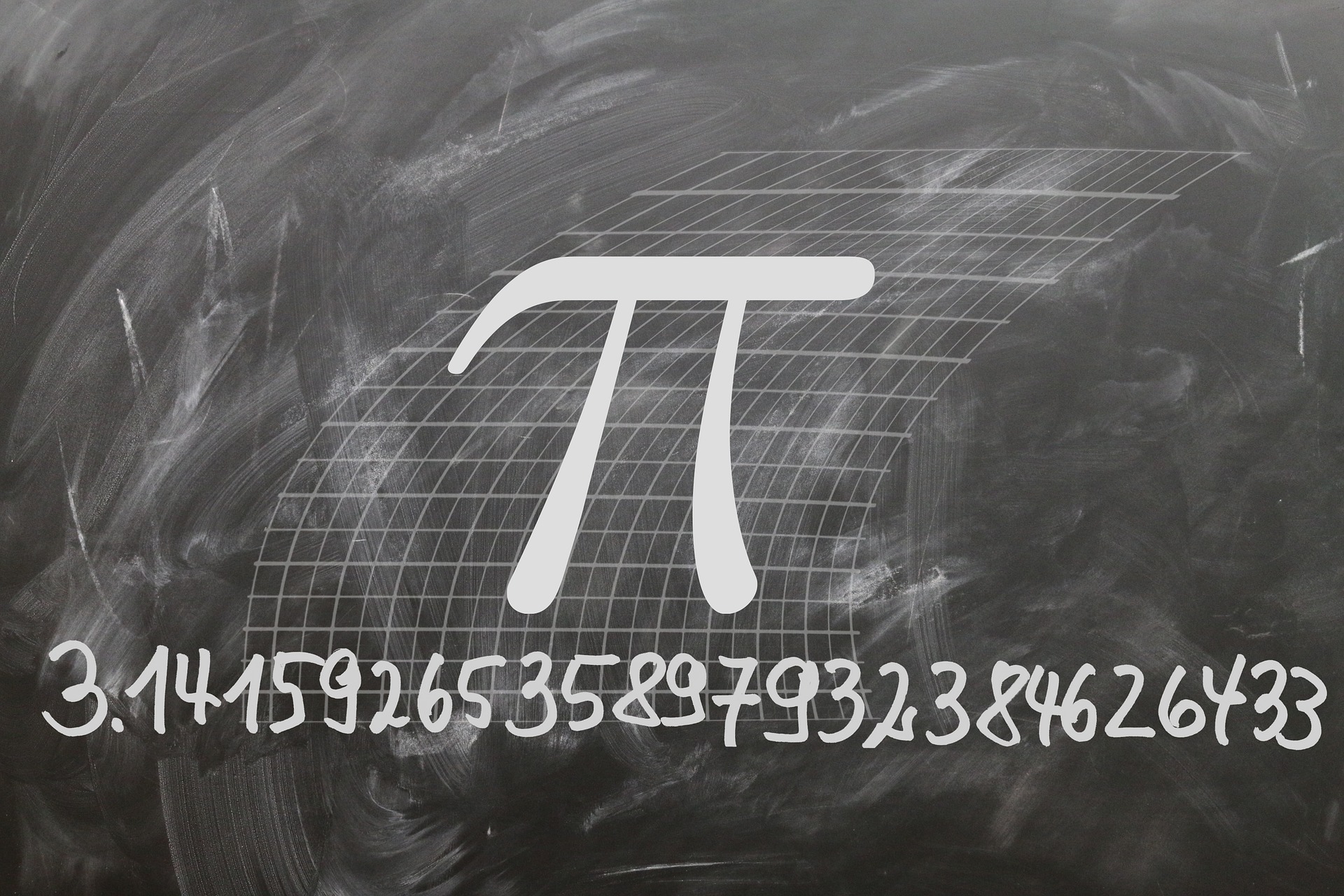Happy birthday, ludolfino

On March 14, the day on which the date in US format is recorded as 3.14, we celebrate the Pi Day. This strange holiday is celebrated mainly in academic circles. Since 2009, under the resolution of the House of Representatives, it has become official in the United States.
On March 14, we celebrate the anniversary of the death of the great physicist Stephen Hawking, who died that day in 2018. However, this is not the end of the relationship of this date with great scientists - they are also the birthdays of one of Hawking's predecessors - Albert Einstein.
Although he dealt with many issues during his lifetime, he did not, as far as I know, leave anything related to the number of π (pi). However, it was his birthday that was an additional motivation to celebrate the Day of the number π ...
Of course, the holiday itself is celebrated with a grain of salt. It's all about popularizing mathematics through its most popular constant. We decided to prepare for this holiday by reminding a few interesting facts related to Pi number.
Pi (π) is the ratio of the circumference of the circle to the length of its diameter. She is fascinated because for many years it was very difficult to calculate it. This is due to the fact that
- is an irrational number (it can not be represented as a quotient of two integers)
- is a leap number (there is no polynomial with integer factors whose pi would be a root)
π is also called ludolfine in honor of Ludolph van Ceulen, who calculated the value of the number π to 35 decimal places.
The unresolvable problem of squaring the circle is associated with the number π. It consists in the impossible in practice to delineate a square with the same surface as a circle. In 1897, a physician from Indiana, Edward J. Goodwin, stated that he made a circle. There was, however, a small snag - the figures he crossed out showed that pi was 3.2. As an entrepreneurial man, Goodwin reserved his method and then made Indiana available for use so that school children would draw from his genius.
The number π, in one of its approximations (as a ratio of 3: 1), is mentioned in the Bible:
Then he made a cast of "the sea" with a diameter of ten cubits, round, five cubits high, and a circumference of thirty cubits. (II Kings book, Chapter 7, verse 23)
So a circle with a diameter of ten cubits was to have a circumference of thirty cubits. They used the same approximation in the calculations of the Babylonians.
The ancient Egyptians used a different method to approximate the number of pi:
![]()
Such a formula gives a value of about 3,1605.
Attempts to theoretically estimate the value of the number pi were made by the brilliant ancient mathematician Archimedes. He came to the following result:
The method he used to calculate the approximation was to create further polygons inscribed in a circle, and built on a circle. He achieved the satisfying result after deleting ... a regular polygon with 96 sides! Calculations of the surface of such a polygon could be made by standard methods.
The first, however, who used the Greek letter π to determine the ratio of the circumference of the circle to its radius was the British mathematician William Jones, who in 1706 wrote:
3.14159 = π
There are many mnemonic ways to memorize subsequent digits of the number π. Different poems, songs and sentences are created in many languages of the world. We have, for example, Polish
Who in the brain and head would crow the power,
In order to count ludolfina difficult to remember,
It's got to replace the words suma letters,
So they persist in the memory of all the slots.
The numbers of letters in individual words (Who = 3, w = 1, brain = 4 etc) give consecutive digits of the number π.
During the famous court hearing, during which OJ Simpson's guilt was adjudicated, his lawyer used a lot of tricks to delay the lawsuit or undermine the authority of the prosecutors. One of the methods was to question witnesses from the FBI who testify before the court for the value of pi.
Now something for lovers of numerology. The first 144 digits (after the comma) of the number π add up to 666. Do not think that I repeat the unthinking information. I decided to check it out personally. Using the Wolfram Alpha, I got the first 144 digits after the comma π. Unfortunately, however, I was unable to compel Wolfram to calculate its sum, so I copied it to Excel. And voila - actually 666 goes.
Another numerological curiosity related to the number of pi:
The distribution of the occurrence of digits in the first million places after the comma pi is a reflection of an almost perfect division. Individual numbers appear almost perfectly the same times.
0 - 99,959
1 - 99 758
2 - 100 026
3 - 100 229
4 - 100,230
5 - 100,359
6 - 99 548
7 - 99,800
8 - 99,999
9-100,610
Have a good day with the number pi!
Happy birthday, ludolfino
Comments
Post a Comment